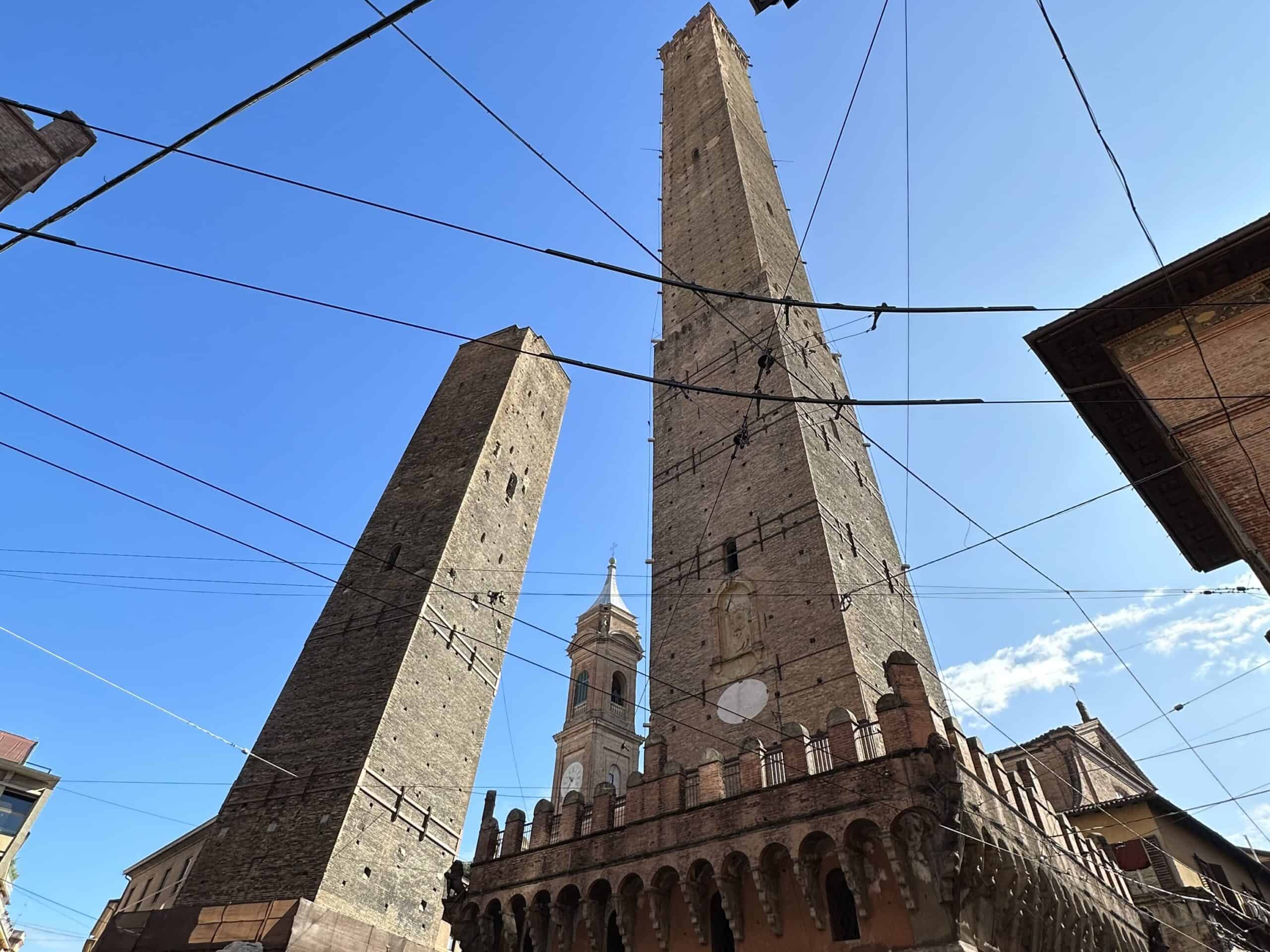
Capital of the Emilia Romagna region, Bologna is located between the mountains of the Tuscan-Emilian Apennines and the heart of the Po Valley.
The most famous symbols of Bologna are Piazza Maggiore, the Towers and the numerous arcades.
Piazza Maggiore, the main square of Bologna, was built in the thirteenth century to set up the markets thus favoring trade.
In the sixteenth century, the entire square underwent several restorations and general embellishments, at the behest of Pope Pius IV and Cardinal Legate Carlo Borromeo. Thanks to these improvements, in 1563 Piazza del Nettuno was built with the fountain of the same name on which stands the famous statue of Neptune made by the Flemish sculptor Giambologna.
Piazza Maggiore is still overlooked by the most important buildings of the ancient medieval city, the best known of which, as well as the oldest, is the Palazzo dei Podestà. Located on the northern edge of the square, and built around 1200, it was originally the seat of the Podestà and his officials.
Another historical symbol of Bologna are its many towers, many of which have been demolished over the centuries. In fact, it is estimated that between 1100 and 1200, the city had as many as 180 different towers.
Two most famous towers in Bologna are the Torre degli Asinelli and the Torre della Garisenda. The Asinelli Tower, with its 97 meters, is the tallest leaning tower in all of Italy. The Garisenda, 47 meters high, is mentioned several times by Dante Alighieri in his texts, in particular in the Divine Comedy.
Bologna is the city with the most porticoes in the world, to the point that if they were all placed next to each other, they would form an endless chain about 40 kilometers long.











